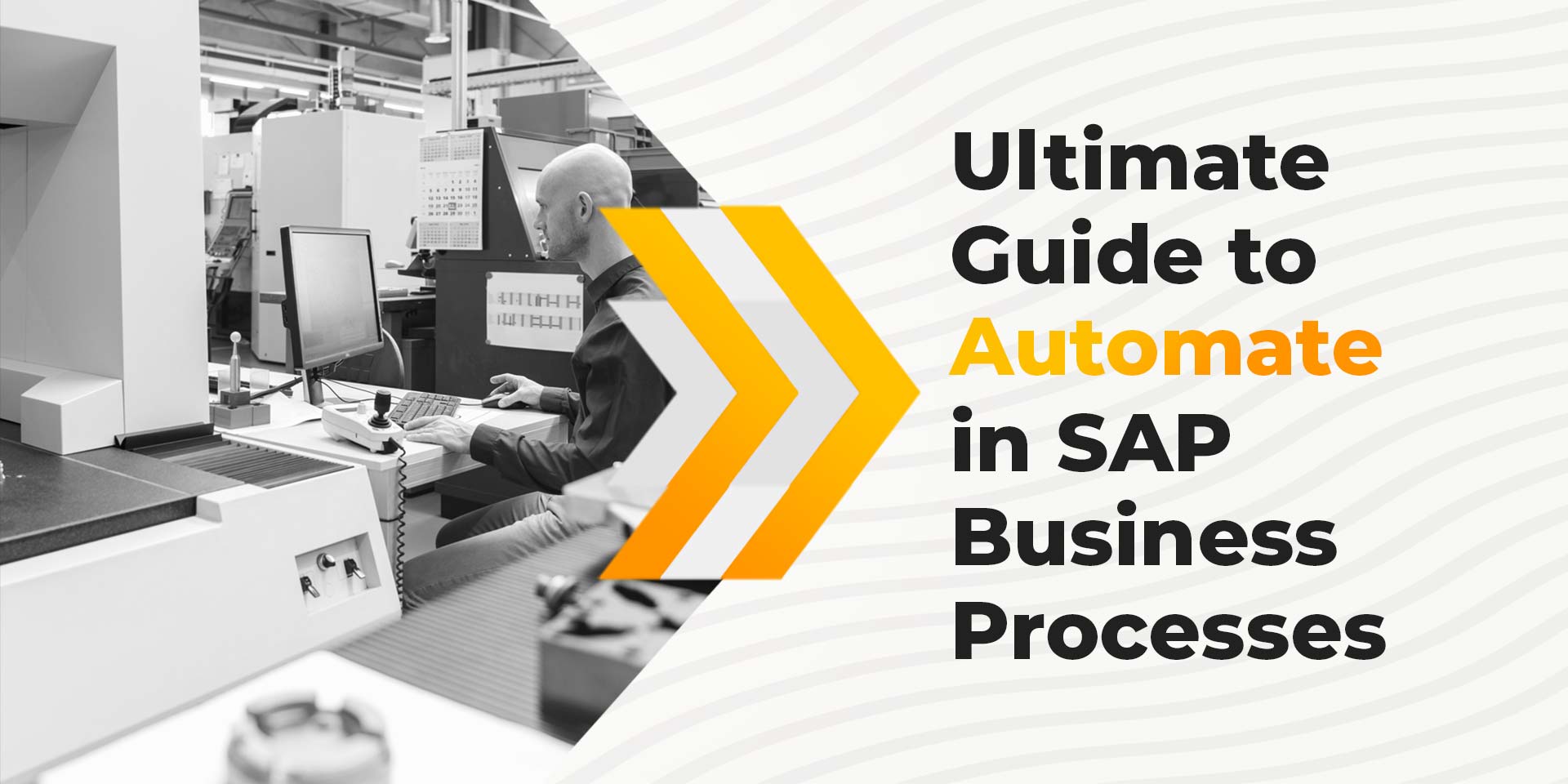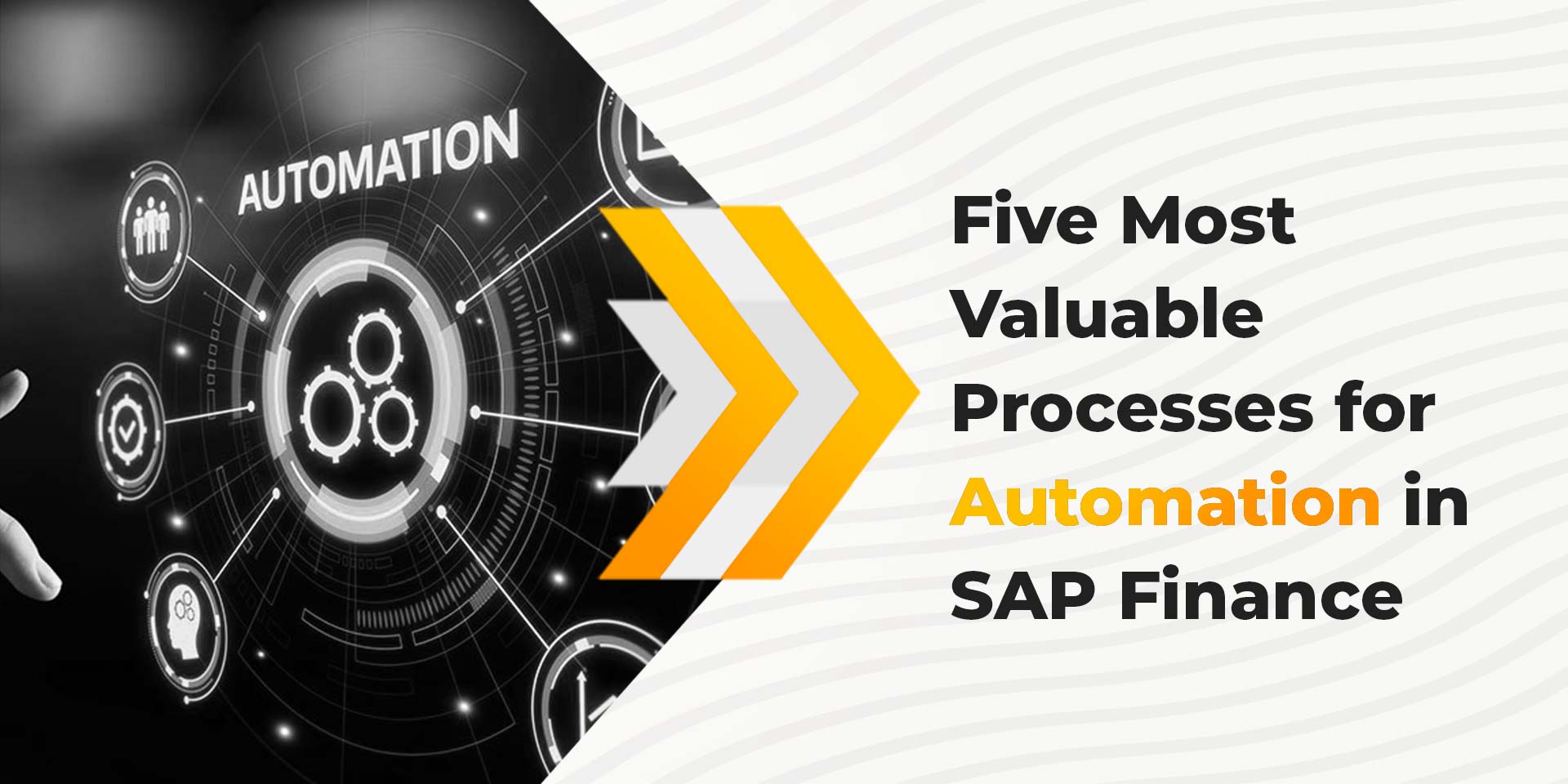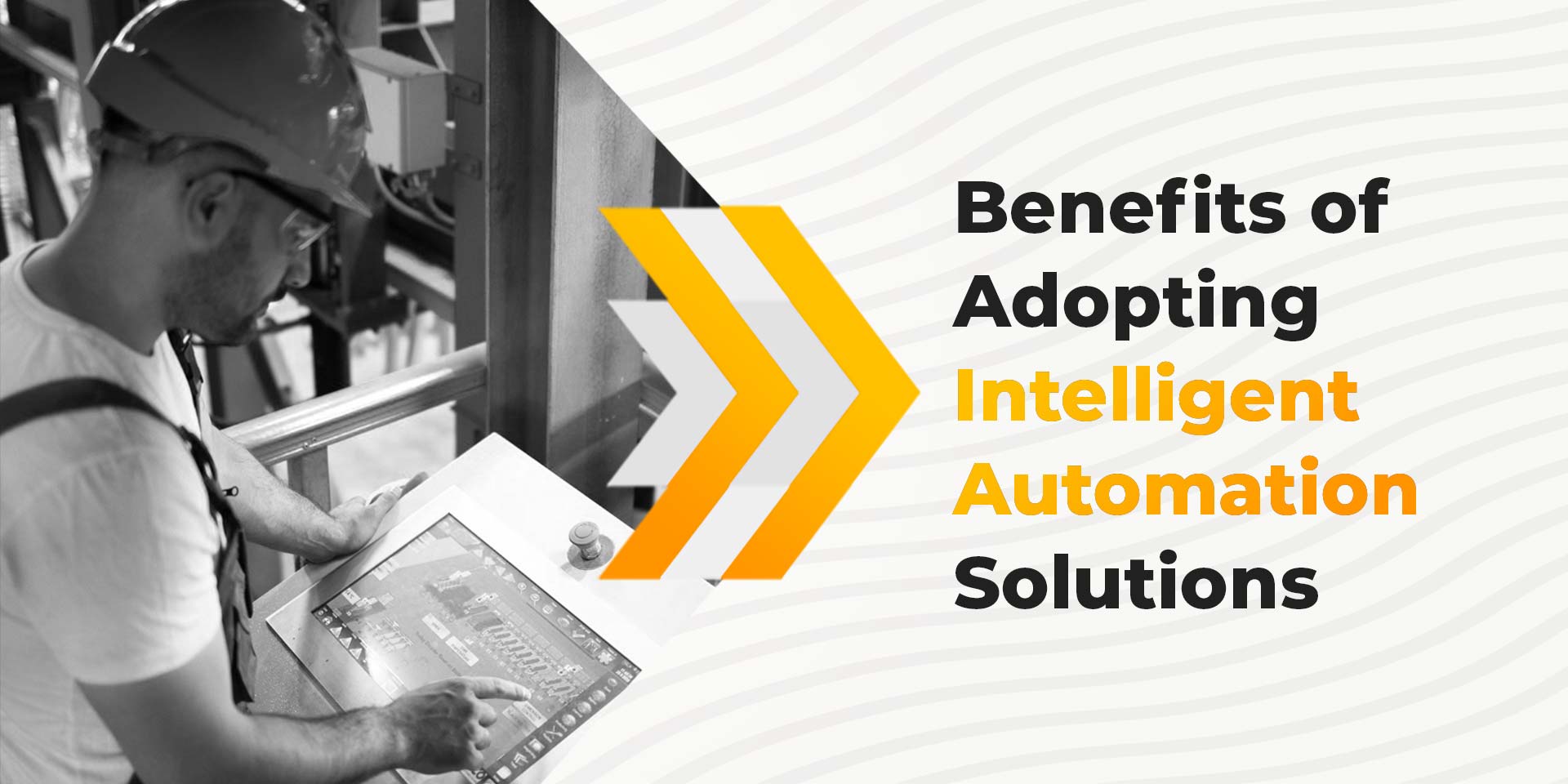Automation
The Rise of Autonomous Enterprises- Strategies for Seamless Integration


- Table of Contents
- Introduction
- The Era of Autonomous Enterprises
- Strategies for Successful Integration
- Conclusion
Introduction
In an era marked by rapid technological advancements, the concept of autonomous enterprises has taken center stage, reshaping the way businesses operate. The integration of automation, particularly through Robotic Process Automation (RPA), has become a game-changer, driving organizations towards increased efficiency, reduced costs, and improved overall performance.
As businesses embark on this transformative journey, a key player emerges to guide and optimize the process - the Center of Excellence (CoE). In this blog, we will explore the strategies that pave the way for the seamless integration of autonomous technologies and the invaluable role of a CoE in orchestrating this paradigm shift.
The Era of Autonomous Enterprises
The term "autonomous enterprise" refers to organizations that have successfully implemented automation technologies to operate with minimal human intervention across various functions. From routine administrative tasks to complex decision-making processes, autonomous enterprises leverage AI, ML, and RPA to drive efficiency, accuracy, and agility.
RPA, AI, and ML serve as the cornerstone of autonomous enterprises for business process automation, allowing organizations to automate repetitive and rule-based tasks. Implementing these not only enhances operational efficiency but also frees up human resources to focus on more strategic and creative aspects of their roles. It is crucial to identify processes that can benefit most, ensuring a balanced and effective integration.
Strategies for Successful Integration of Autonomous Technologies
To successfully integrate autonomous technologies, businesses must consider the following strategies:
Embrace a Strategic Vision
A successful transition to an autonomous enterprise begins with a clear and comprehensive strategic vision. Define the long-term goals, identify processes suitable for automation, and align them with organizational objectives. Establishing a strategic roadmap will guide the integration process and ensure that each step contributes to the overall success of the initiative.
Foster a Culture of Innovation
Cultivating a culture that encourages innovation is crucial for the success of autonomous enterprises. Embrace a mindset where employees are not threatened by automation but empowered by it. Encourage them to explore new ways of working and emphasize the value of collaboration between humans and machines to create a dynamic and forward-thinking workplace.
Develop Cross-Functional Expertise
To ensure a smooth integration, organizations need to invest in developing cross-functional expertise. This involves training employees to work with new technologies, fostering collaboration between departments, and creating a strong team of experts who can design and implement effective automation strategies.
Develop of Center of Excellence (CoE)
Establishing a Center of Excellence (CoE) can be instrumental in achieving this. A Center of Excellence (CoE) is a dedicated team within an organization responsible for driving best practices, knowledge sharing, and governance around specific technologies or domains. In the context of autonomous enterprises, a CoE focused on automation technologies plays a crucial role in ensuring successful integration and adoption across the organization. Multiple tools can be used for automation, and having a CoE can help organizations identify the most suitable ones for their specific needs and develop standards for their use.
Implement Universal Orchestration
A universal orchestrator plays a pivotal role in overseeing the deployment of bots and managing critical functions within an autonomous enterprise. This centralized control ensures a cohesive and coordinated approach to automation, preventing silos and ensuring seamless integration across different business units. The orchestrator acts as the conductor of the automation symphony, harmonizing various processes for optimal performance.
Embrace Open-Source Solutions
Open-source technologies offer flexibility and cost-effectiveness, making them valuable assets in the integration of autonomous systems. Leveraging open-source platforms allows organizations to customize solutions based on their unique requirements, fostering innovation and reducing dependence on proprietary software. This approach ensures adaptability and scalability, key elements in the ever-evolving landscape of autonomous enterprises.
Prioritize Data Security and Compliance
As enterprises automate critical processes, ensuring data security and compliance becomes paramount. Prioritize the implementation of robust security measures and adhere to relevant regulations to safeguard sensitive information. A CoE can play a crucial role in establishing and maintaining these standards, ensuring a secure and compliant autonomous environment.
Implement Continuous Monitoring and Improvement
The dynamic nature of technology requires continuous monitoring and improvement. Establish feedback loops and analytics to track the performance of autonomous systems. A CoE, with its cross-functional expertise, can analyze multiple tools, identify areas for improvement, and implement necessary adjustments to enhance the efficiency and effectiveness of automated processes.
Foster Collaboration Between Humans and Bots
The integration of autonomous technologies should not lead to a disconnect between humans and bots. Encourage collaboration and mutual support between human employees and automated systems. Human oversight is essential for complex decision-making and handling exceptions, ensuring a harmonious coexistence that maximizes the strengths of both.
Develop a Future-Ready Skillset
The evolution towards autonomous enterprises demands a workforce equipped with future-ready skills. Invest in training programs that empower employees with the knowledge and skills needed to collaborate with autonomous systems. The CoE can take the lead in designing and implementing these training initiatives, ensuring that the workforce remains agile and capable in the face of technological advancements.
Conclusion
In conclusion, the rise of autonomous enterprises represents a transformative shift in the business landscape. To navigate this evolution successfully, organizations must adopt a strategic vision, foster a culture of innovation, and leverage technologies like RPA and open-source solutions. The establishment of a Center of Excellence and the implementation of a universal orchestrator are critical elements in ensuring seamless integration. The ROI can be substantial, with increased efficiency and reduced costs leading to a competitive advantage. Partnering with the right solutions can be the key to unlocking the full potential of autonomous technologies and future-proofing your organization.







































